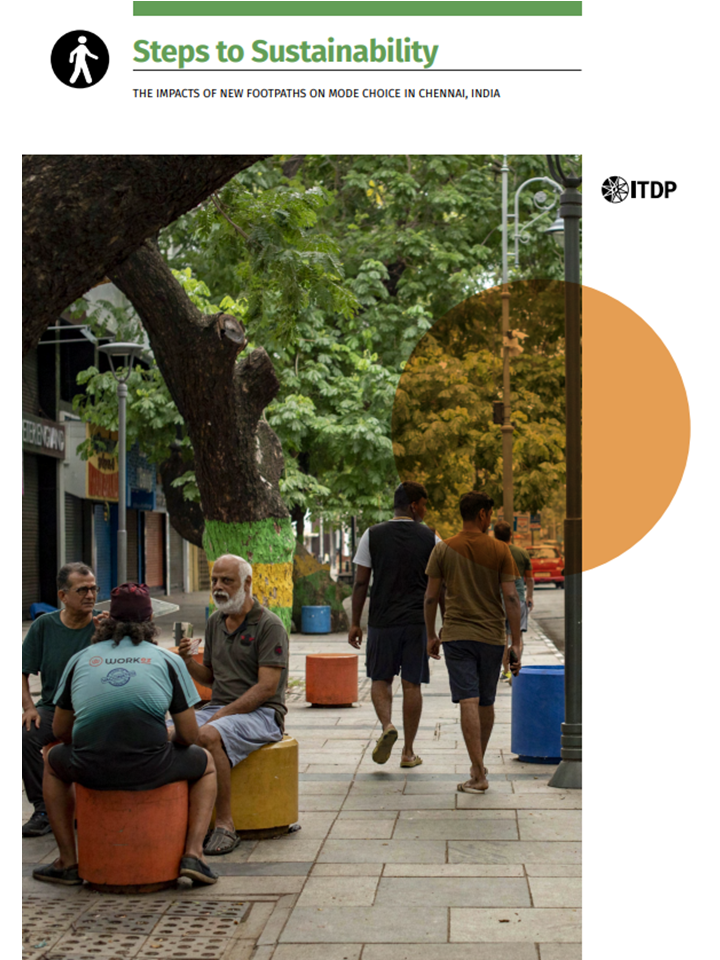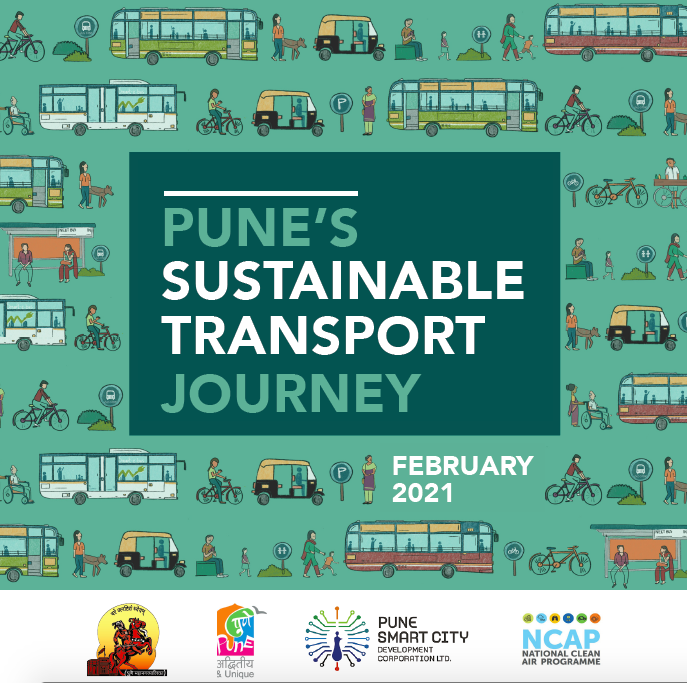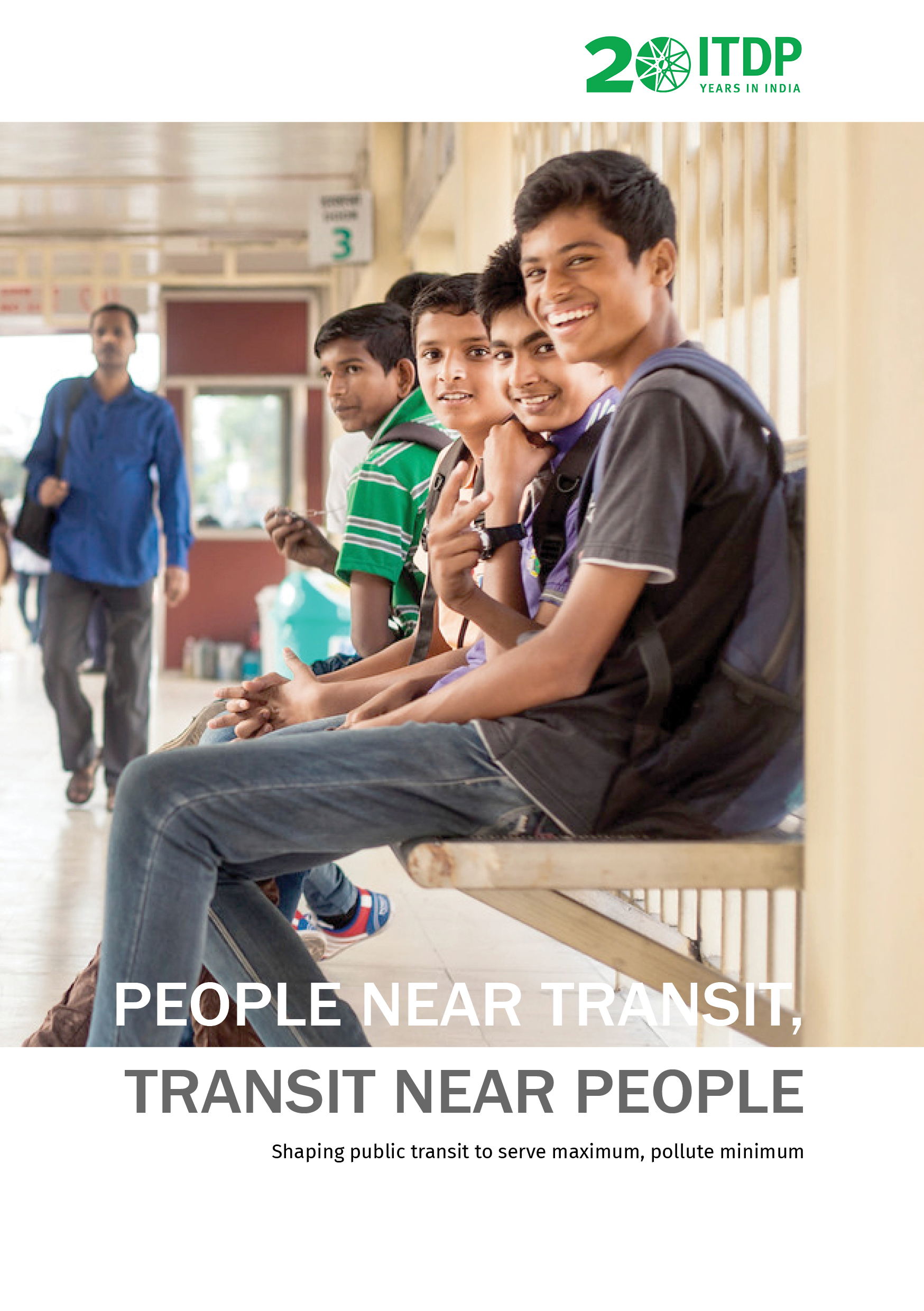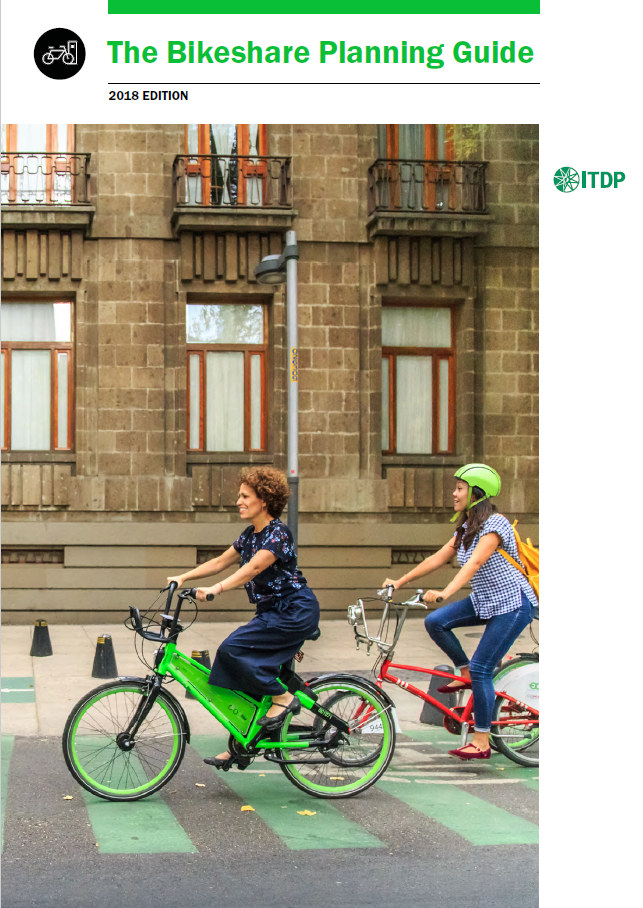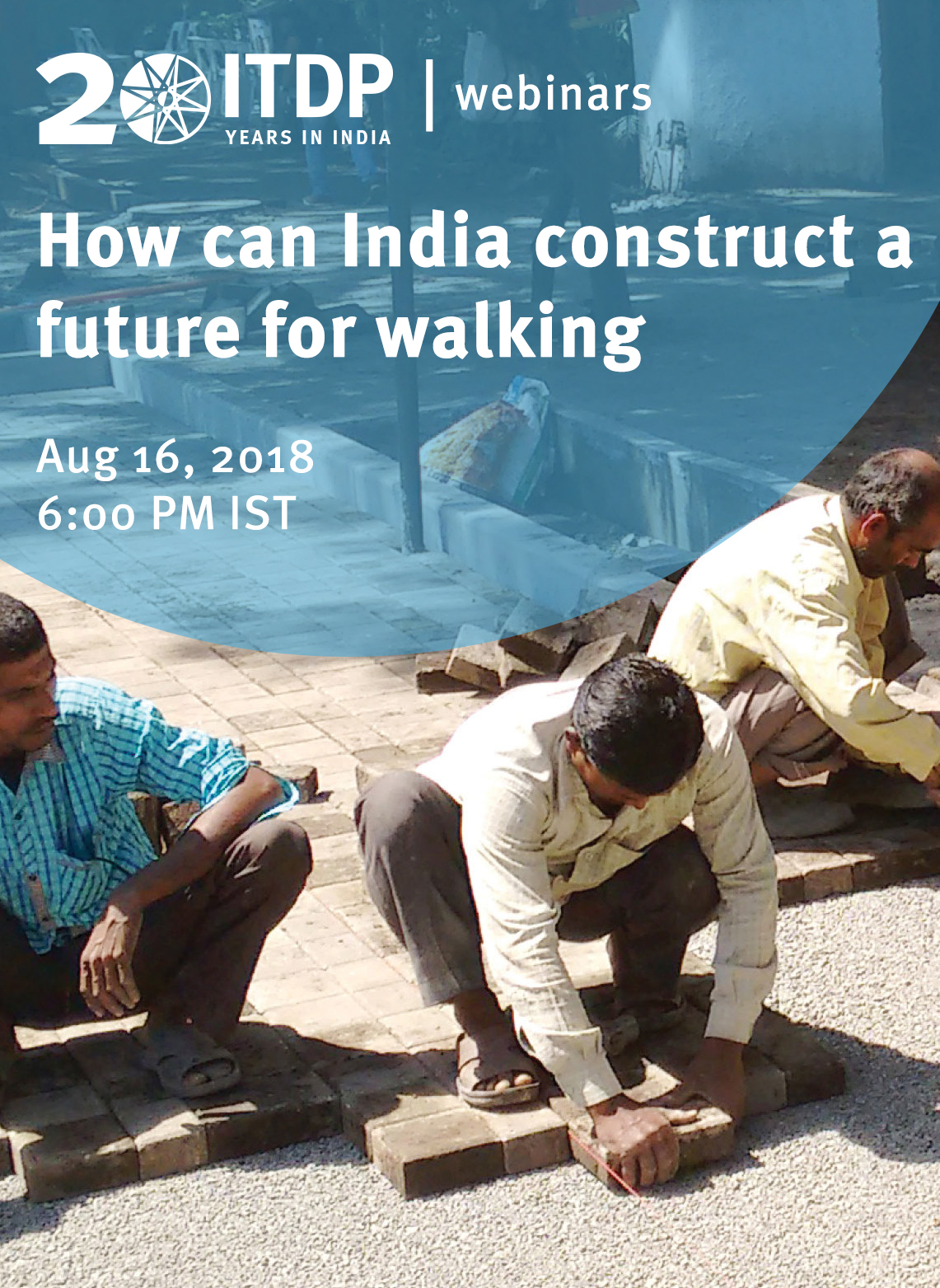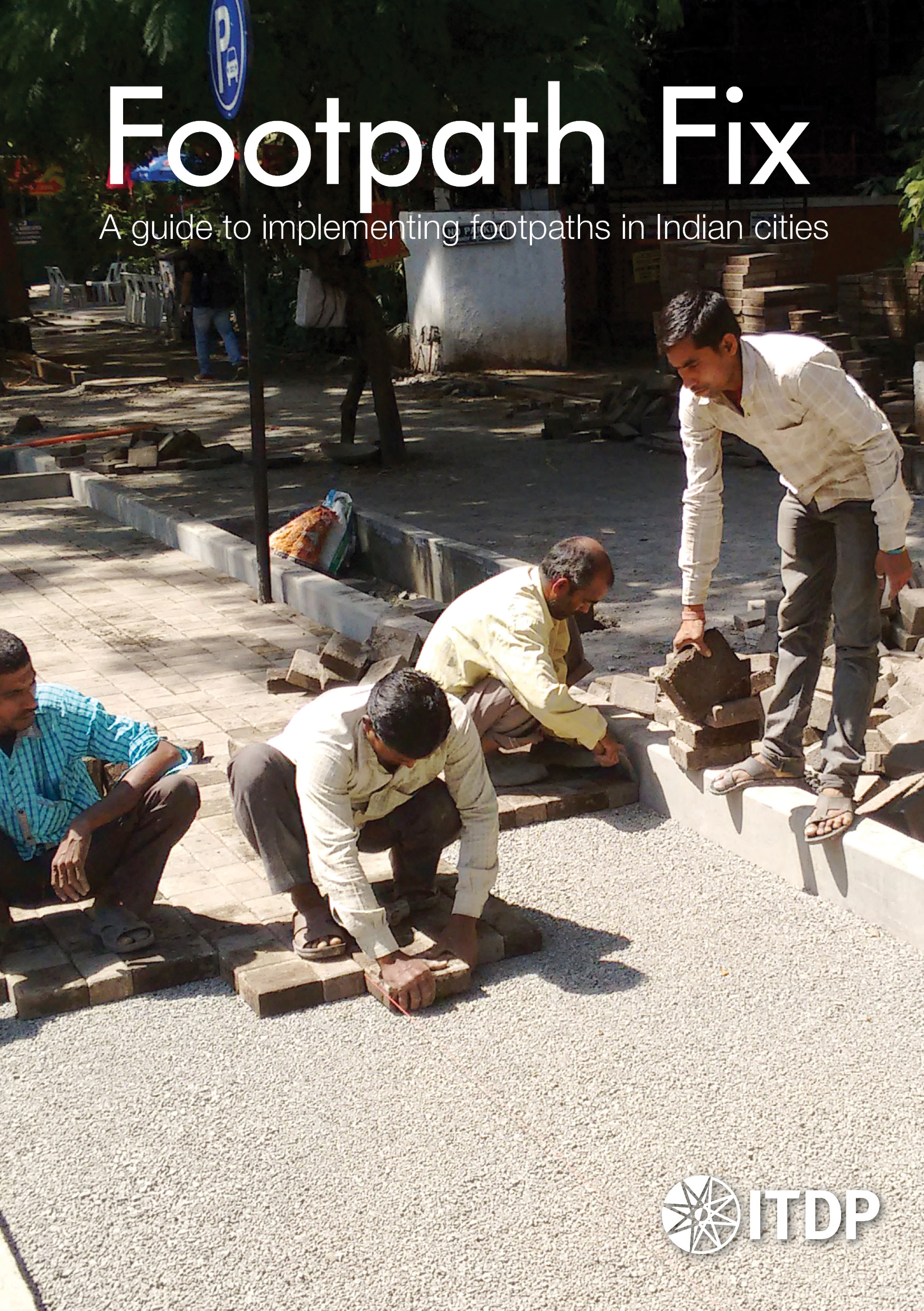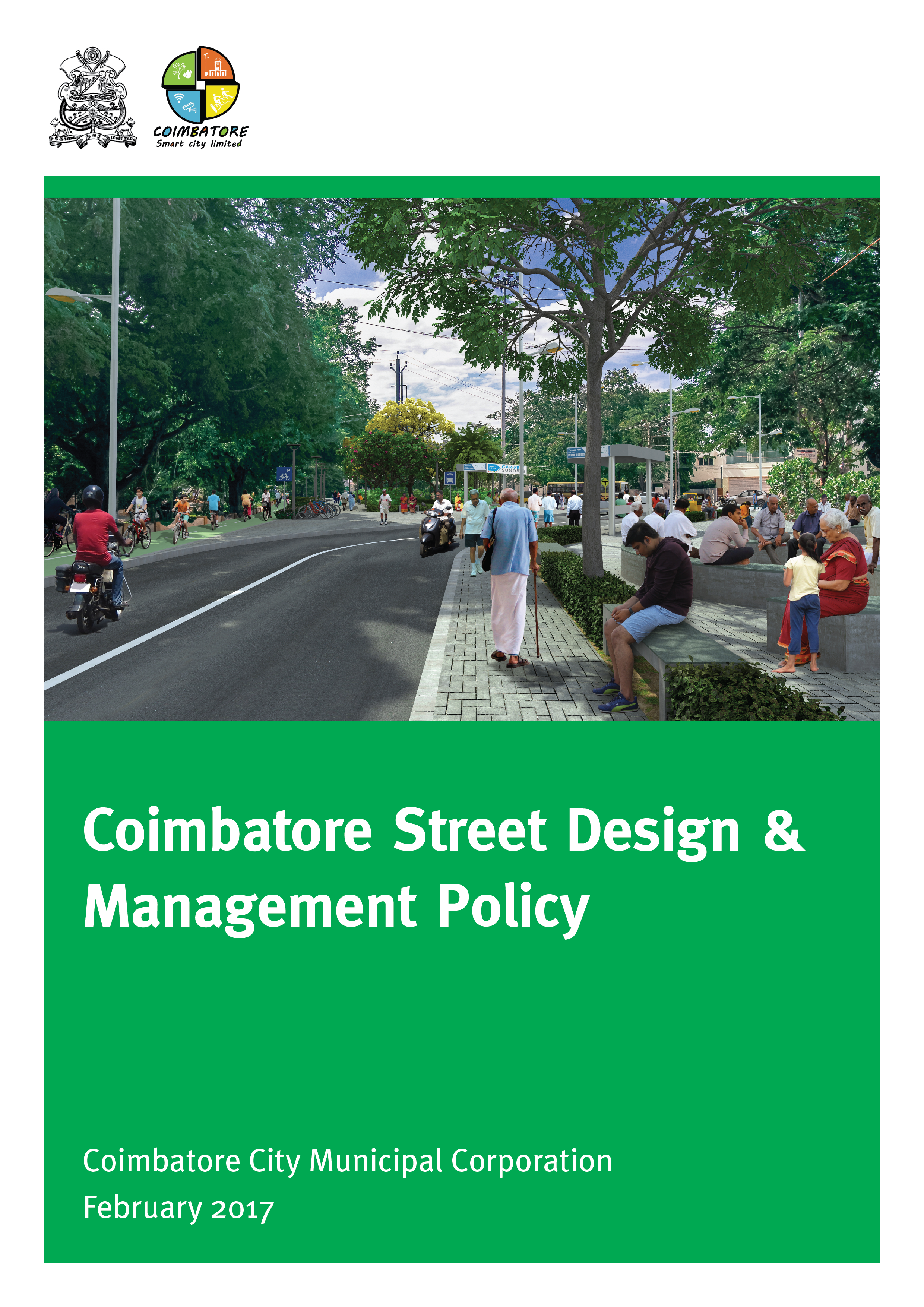The Impacts of New Footpaths on Mode Choice In Chennai
This study presents evidence that improved footpaths are a highly cost-effective means to mitigate greenhouse gas emissions (GHGs), improving public health, saving money for residents, and improving public safety in cities in lower-and middle-income countries (LMICs). To our knowledge, this is the first study to demonstrate this connection empirically. Using data collected in Chennai, India, in 2019, we found that between 9% and 29% of people walking on improved footpaths would have used a private motorized mode if the footpaths had not been improved. As a result, we estimate that between 4,200 tonnes and 12,000 tonnes of CO2 -equivalent greenhouse gas emissions are prevented annually thanks to the footpath improvements. This is equivalent to taking about 1,000 to 2,900 cars off the road for one year.
Download the publication here




